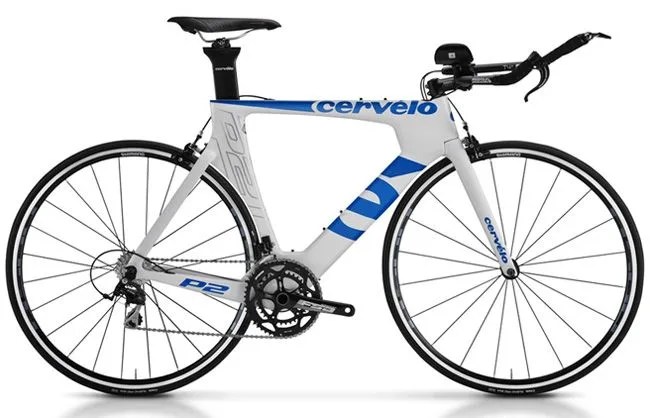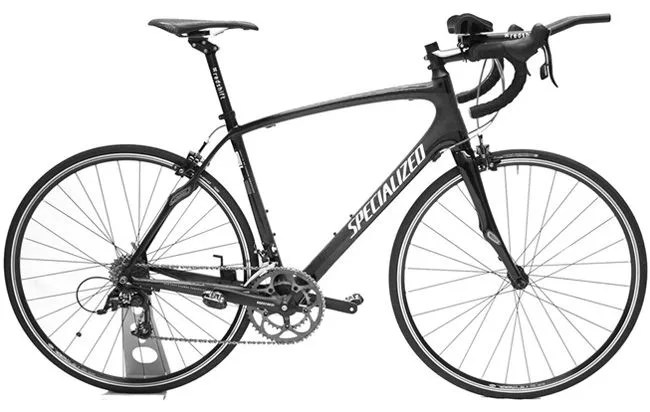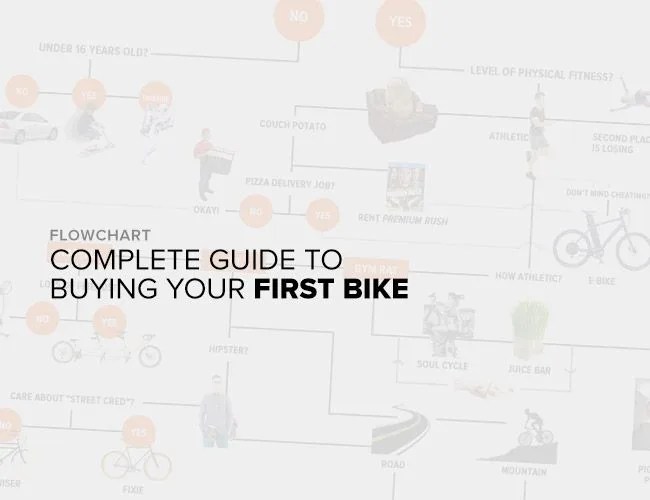Most people will attempt their first triathlon on a road bike before investing in a triathlon-specific rig; it’s only at full Ironman races that the transition racks are filled with superbikes. Of course, the allure of a tri bike, with its aggressive geometry and wind-cheating, flamboyant, UCI-flaunting frame designs, is borderline sexual in nature. But it’s wise to exercise caution before making a big purchase, because the same position you assume on a triathlon bike that saves you time in a race is awkward and uncomfortable, much the way a golf swing is for first-time players. Or, as one GP editor’s girlfriend comments, “Why is that seat so high? It looks like a torture device.” Instead of a triathlon bike, riders can get some of the benefits they afford by outfitting their road bikes with clip-on aero bars. In this WTGT, we look at the advantages of going whole hog with entry-level Cervélo triathlon bike versus spending less on the relatively new Switch Aero System by Redshift.
MORE HEAD-TO-HEADS: Breitling Emergency vs Spot Messenger Gen3 | Nikon DF vs Olympus OMD E-M1 | Sharp Elite Pro vs Panasonic TC-PST60
Cervélo P2 105

This comparison isn’t a strict apples to super-apples: since what we’re really upgrading is the quality of the aerodynamic position, the choice of any triathlon bike is going to be a little bit arbitrary. However, Cervélo is always the most common brand at the Ironman World Championship in Kona, and their P2 105, updated for 2014, is arguably the best entry-level bike out there.
As we’ve alluded to, fit is king with triathlon bikes, and the new P2 frame comes in seven different sizes (from 45 up to 61), which is virtually unheard of with tri bikes. The smallest size comes with 650c wheels, so smaller triathletes get a bike built to scale rather than just a small frame on large wheels. This number of frame sizes, combined with highly adjustable Profile Design T4 aero bars, means that virtually any triathlete will be able to get on the P2 and ride in an aero position that saves them time and effort.
Besides coming in a wide range of sizes, the bike’s frame is almost identical in shape and exactly the same in carbon composition to the more expensive P3 frame. The P2 is also built to accommodate several water bottles without sacrificing much in aerodynamics, with bottle bosses on the downtube, toptube and a seatpost accessory mount for more one or two more. Finally, the frame has what Cervélo calls “future-proof cable management”, which means that it’s compatible with Di2 shifting and hydraulic rim brakes, should you decide to upgrade from the (already good) components over the life of the bike.


